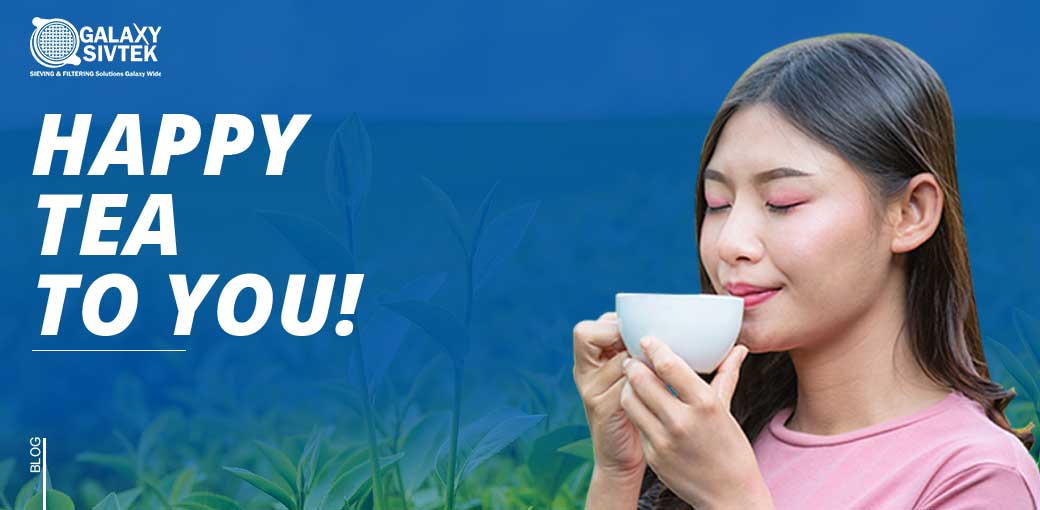
Committed To Quality, Committed To You
Tea, the word itself makes you feel refreshing, isn’t it! Tea is the world’s most consumed beverage after water!
Yes, that’s true after water the most consumed beverage is tea, and why would it not be! For many it is a stressbuster, for many, it’s a break-time refreshment, for many it’s a morning starter!
Almost in all the regions of the world, among all the diverse cultures tea has been a prime beverage & we feel immensely proud in being part of its manufacturing & making process.
Our machines are helping many small, big & leading tea manufacturers in their production process. Wondering how? Let us understand the process of black tea making & know at which stage/s our machines are utilized!
The process of black tea manufacturing starts with the plantation & harvesting of green tea leaves, followed by the Plucking of the leaves.
The next step after plucking would be transferring it to the factories. As soon as it is received at the factories, it goes under a process where surface moisture is removed by passing conditioned air through leaves. This process is known as Withering & during this process, leaves are weighed & spread on troughs; conditioned air is circulated between the leaves to remove moisture & chemically break down the juices.
After 10-14 hours of Withering, the leaves tend rubbery & soft, which are then transferred for the Rolling process. In this process, the pressure cap applies pressure on the leaf & after that to separate the twisted leaf from the untwisted, and to minimize the heat, the rolled leaf is passed over a rolling breaker. This machine has meshes that separate rolled leaf & the leftover unrolled is put back into the rollers.
After Rolling, Fermentation takes place, it is the process of oxidization of the enzymes in the juices for extracting the flavor & color of the liquor & infusions. Fermentation is carried out on tiled tables or glass & during the process color changes from greenish to a coppery brown. Once fermentation is completed Drying takes place as the fermented leaf contains 45-50% moisture. Drying helps in eliminating moisture & capturing fermentation.
Fired tea is graded & sifted according to its sizes & shapes as trade demands a variety of tea from the most expensive to affordable tea sachets.
Sifting is carried out on sifters with multi-layer decks with different mesh sizes. Here is where Galaxy Sivtek’s strong build Sivtek® Vibro Separator with Multi-Layered deck is installed. This sifter is also known as a tea sorter machine. The below video will help you to understand how our Multi Deck Sivtek Vibro Separator helps in grading tea of different sizes & shapes.
After grading is done, the bulk packaging dispatching process takes place.
Many big house traders directly purchase black & green teas from manufacturers & pack them with their labeling.
As the tea is packed and dispatched from the place of origin chances of contamination in transit are high. Also due to moisture lumps of tea powder are formed & chances of threads & fibers of packaging bags being contaminated are there, so before packing it in sachets & boxes check screening becomes mandatory.
So again, our Inline Sivtek® is perfectly crafted for check screening tea before packing. We have supplied Inline Sivtek machine for check screening applications to many companies including Unilever for Lipton Tea.
This is how we have been marking our presence & contribution to the manufacturing of solid tea. In the next blog, we will guide you through how Galaxy Sivtek can help in the production of Liquid Tea.
